3 minutes
EOLRC - An Extremely Overkill LEGO RC Car (from Plane Parts)
It’s been a while
since I last played around with LEGO Technic. About 4 years to be exact. I can say with absolute confidence that this was my favorite way to spend time in my younger years.
I recollect building all sorts of crazy things from an automatic crossbow to a massive Mercedes Benz Unimog with a functioning suspension and a pneumatic crane. Over the years, I have acquired an impressive amount of LEGO technic parts that are still scattered everywhere around the house.
I recently had to decommission
one of my favorite birds of all time. It was a FT(Flite Test) Versa wing with the Blunt Nose modification. It had to be put out of service due to a combination of old age and abuse like trying to hit a small gap between the trees.
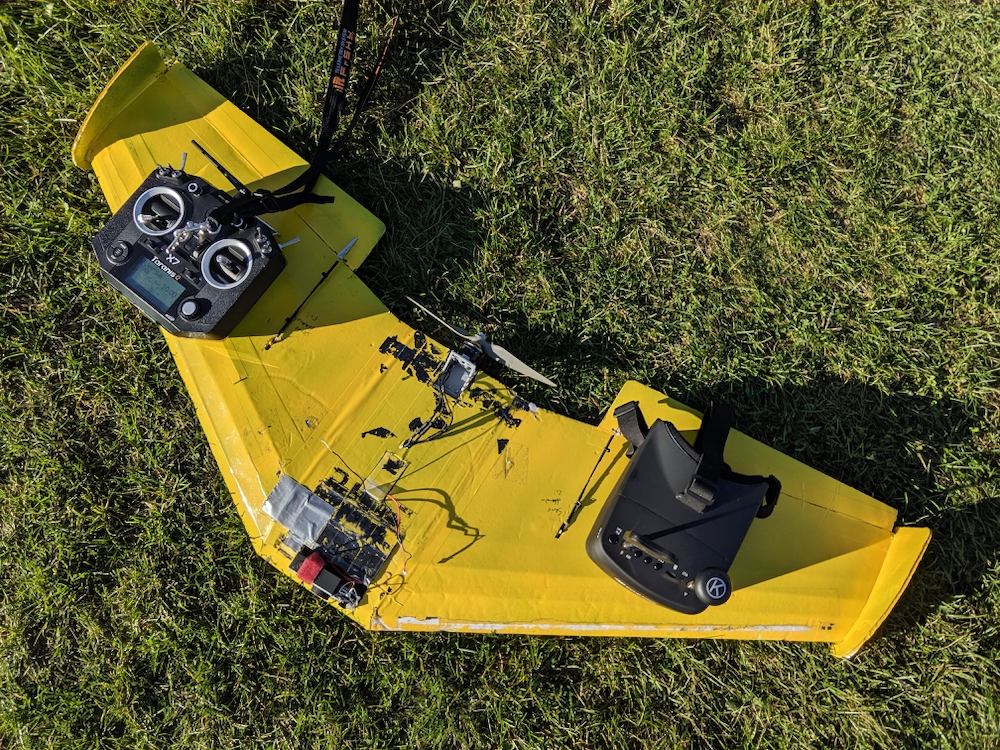
This gave me several spare electronic components including a 20A BLHeli brushless ESC(electronic speed controller), a radio receiver, a Flite Test Radial 2212-1050kV motor, and an AIO(all in one) FPV camera.
I hopped onto Fusion 360
and started modeling adapters to those electronic components so that they could be compatible with LEGO Technic. I’ll be honest, it took multiple iterations to design parts that interfaced well with the plane and LEGO parts.
In the end, I designed and printed four parts: a servo holder so that the RC car could steer, a motor to lego axle adapter, a FPV camera holder, and last but not least a motor mount. Later on, I also designed an arm from the servo to the lego steering mechanism, but this is not in the pictures shown below.
A build guide will also be written soon, so stay posted. Update It’s already written.
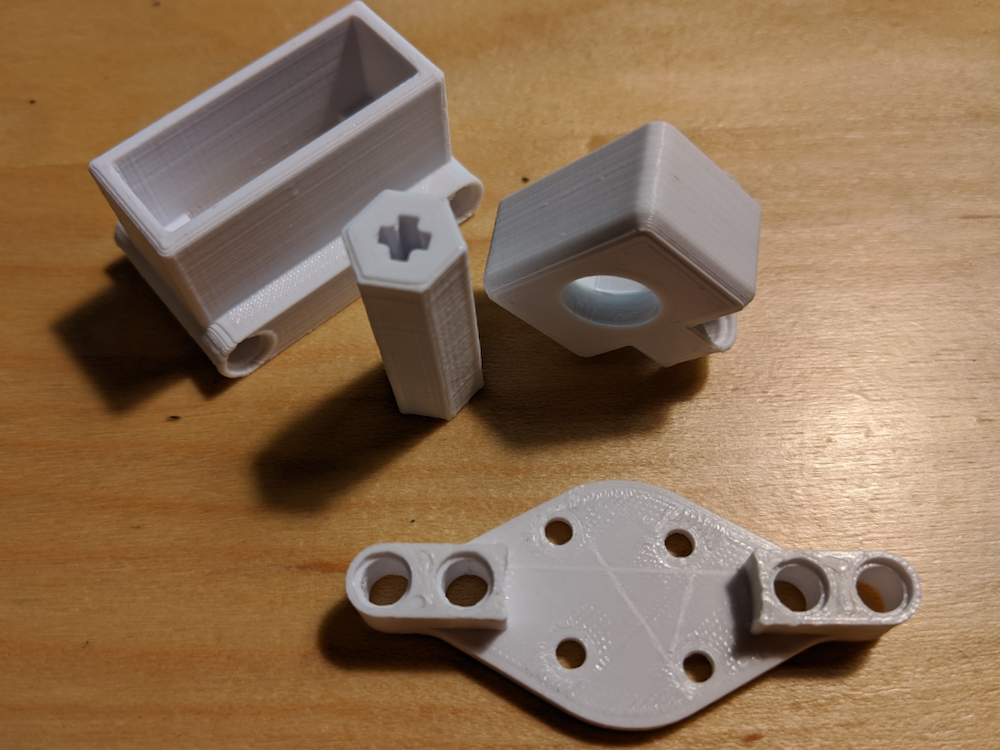
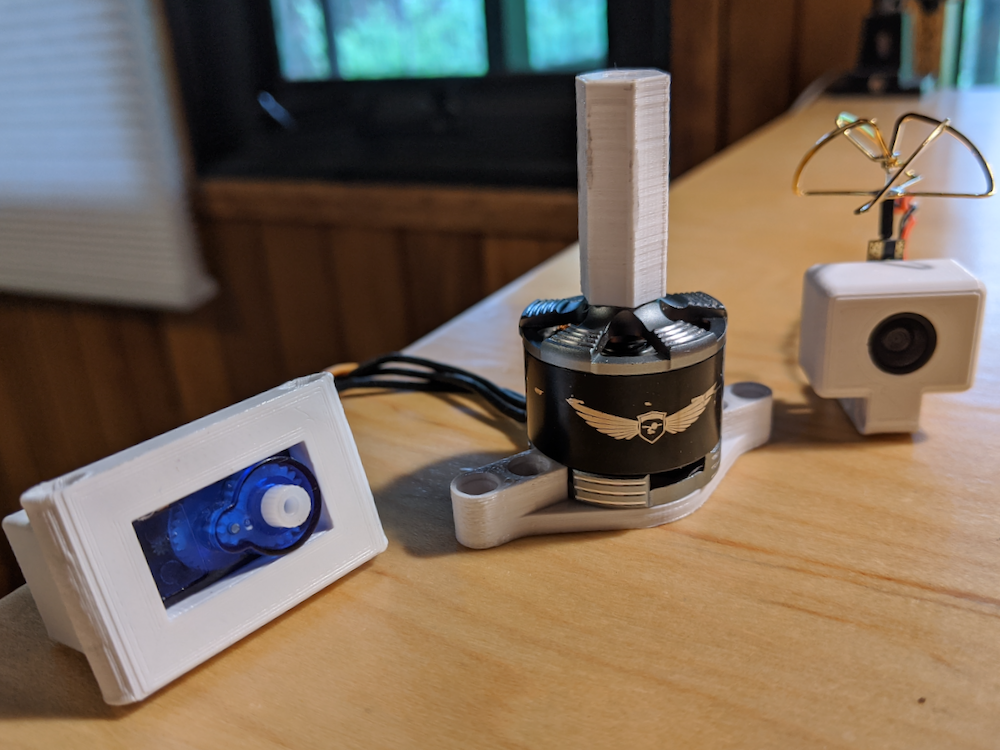
Here is the final result:
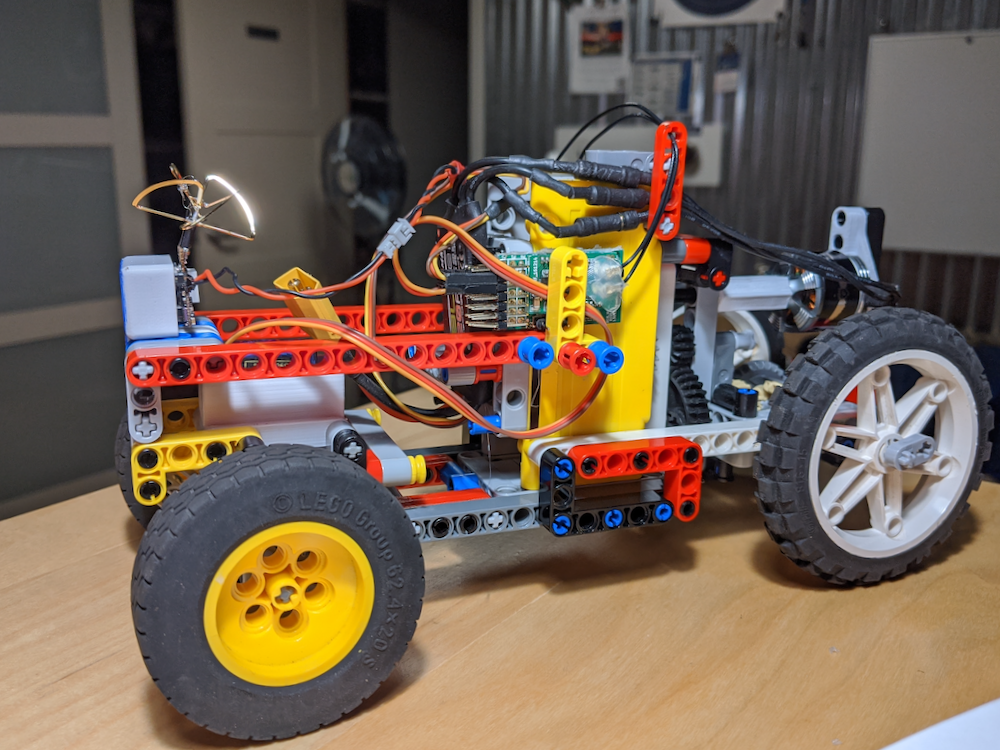
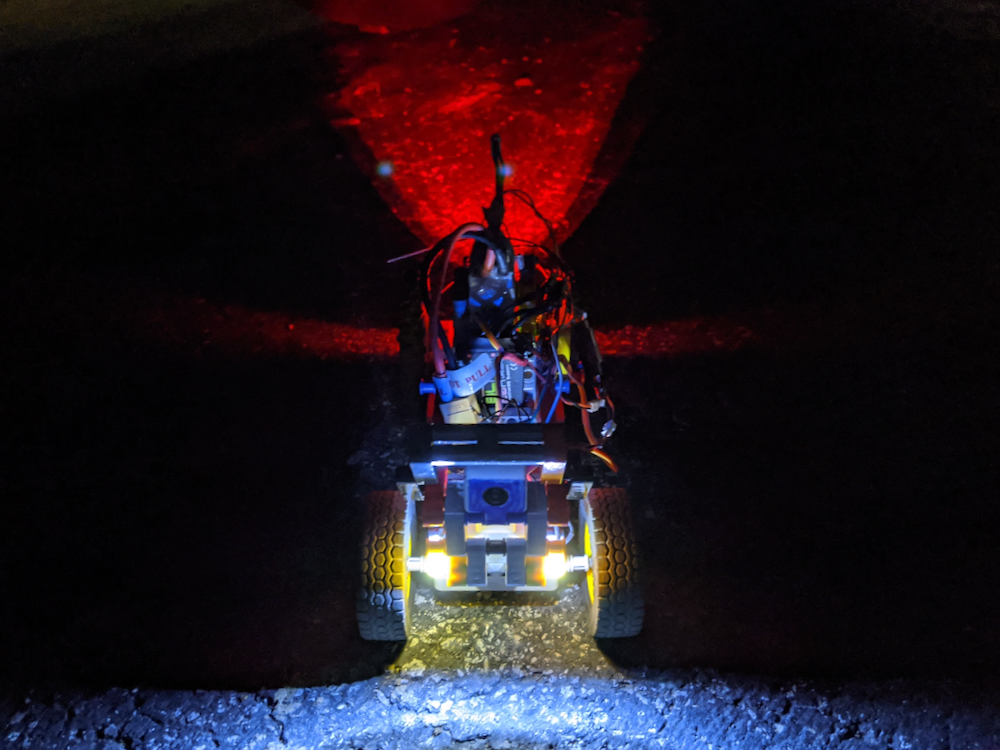
I have to say
I am very impressed with the performance of this car. It has enough torque to just about climb over anything and on a 3S 2200mAh LiPo, the battery lasts for ages, about 1.5 hrs of regular use.
However, LEGO Technic clearly isn’t designed for this. For instance, the lego axles heated up so much that they fused the gears onto them permanently. I sprayed the moving parts with WD-40, but that didn’t seem to help too much.
I also did some water testing, and it seems to be surprisingly waterproof. Please don’t abuse your electronics. I did it so that you wouldn’t have to.
What are its features?
- A fully functioning differential
- Optional 5mm led lights
- FPV
- Hella battery life
- Quick and easy to build and repair after a crash
- Customizability that comes with LEGO
- Probably cheaper than buying the LEGO electronics
- Extremely overpowered
- Surprisingly waterproof
- Extremely unstable
- Brings back childhood nostalgia